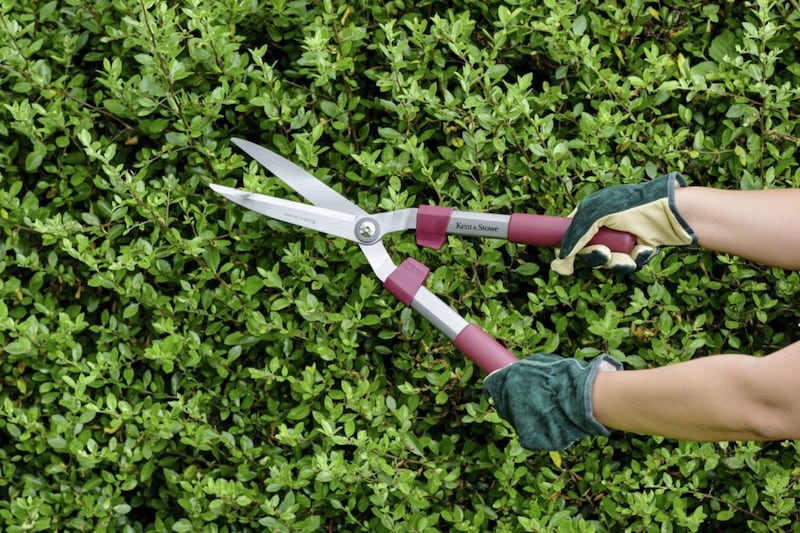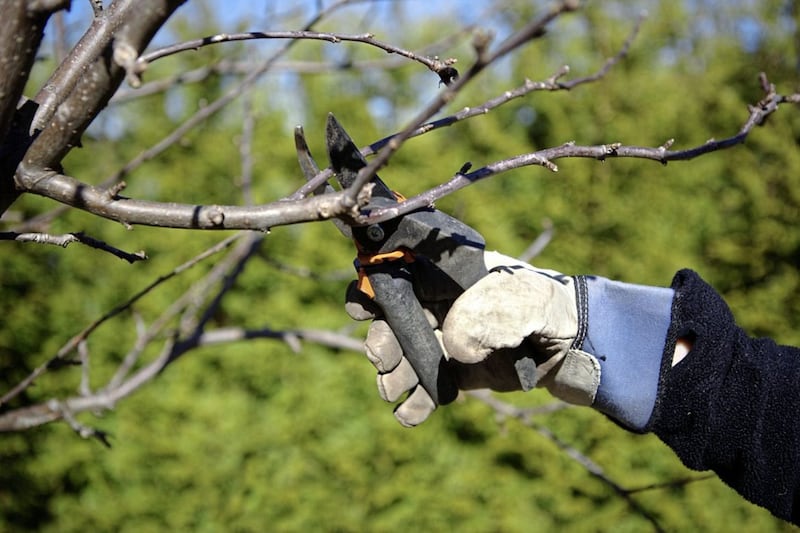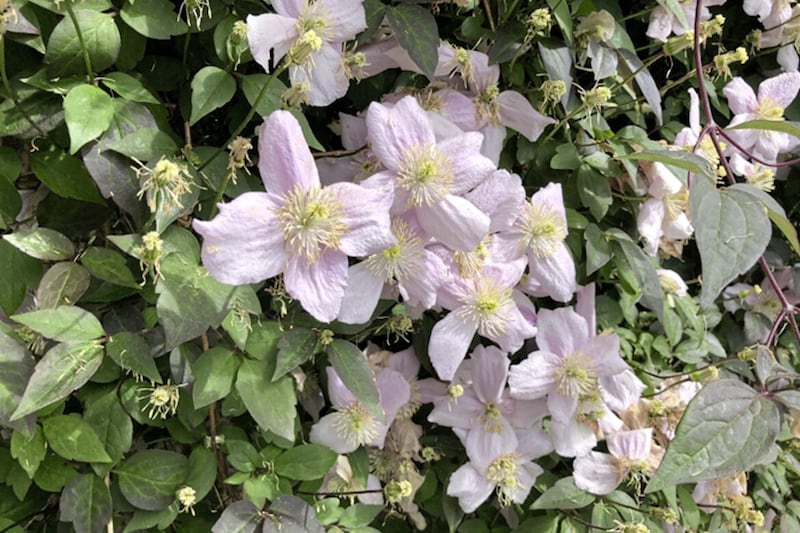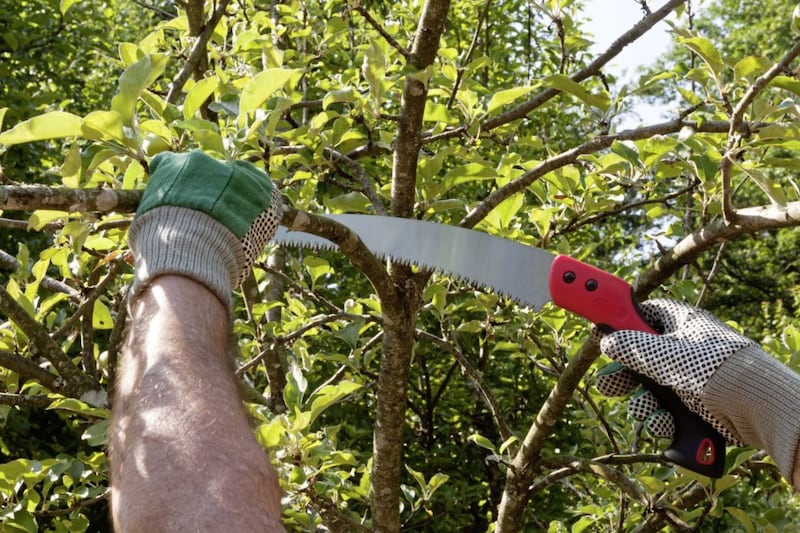By the time you read this, the temperatures may have plummeted, while outside your window it’s possible the wind is driving the sleet sideways? As I write, however, the weather is mild and stable, probably as good as you can hope for in late February. Perfect gardening weather.
The right outdoor conditions help fuel our enthusiasm for the months ahead but before we can sit back and enjoy our gardens there’s a range of chores that need attending to, including pruning and cutting back hedges.
For farmers, March 1 marks the beginning of the closed period for hedge-cutting. Through until August 31, they are expected to leave hedges uncut, unless in exceptional circumstances where they pose a threat to public health and safety.
The rules are in place primarily to protect nesting birds. Under the Wildlife and Natural Environment (NI) Act 2011, it is an offence under to disturb nesting birds, their chicks, nests or eggs. The PSNI have powers under this legislation, though as far as I’m aware, they’ve never used them.

Regardless of the law, we should show some consideration for our feathered friends, and where appropriate avoid interfering with their nesting sites. From next Friday this means a moratorium on all hedge cutting, tidying up of trees and extensive pruning in areas where birds are likely to nest. If you’ve some ivy you want to cut back or a privet hedge that’s become too leggy, you’ve just a matter of days to make amends.
When it comes to pruning, whether it’s a 60ft beech tree or a shoulder-high hydrangea, people are often intimidated. They fail to understand that while losing a limb is, at the very least, a setback for most humans, almost the complete opposite applies to trees and shrubs, just as long as it’s done at the right time.
A combination of carbohydrates and nutrients, coupled with photosynthesis and water absorption, are the key drivers for new growth. How a plant responds to pruning is dictated by the balance of these elements but as general rule, pruning in the dormant season invigorates, while the same action in late spring or summer will likely weaken and distress a plant.
The reasons for pruning vary. Sometimes it’s necessary to remove old or diseased wood and encourage fresh growth. On other occasions it may be to do with aesthetics or cutting back branches to ensure flowers or fruit yield is maximised.
Shrubs suitable for spring pruning include the buddleja, honeysuckle, hardy fuchsia and dogwood. Avoid pruning evergreens in autumn and winter as this could damage the plant, by upsetting the ‘root to shoot ratio’ when growth slows. Best give them any attention needed in early spring just before growth begins. Meanwhile, shrubs that benefit from a summer prune include forsythia, weigela, lilac and flowering quince.
The tools for the job should be sharp and clean to minimise the chances of damaging the bark or passing on pathogens. Secateurs, loppers and a pruning saw should be adequate for most pruning tasks that don’t require a professional. You’ll also need a good thick pair of gardening gloves that will provide both added resolve and protection from thorns.
Always cut just above a bud – but not too close – sloping away from it. When pruning fruit bushes, such as gooseberries and blackcurrants, the idea is maximise ventilation and keep the centre of the bush generally free of growth by selecting outward-facing buds.







